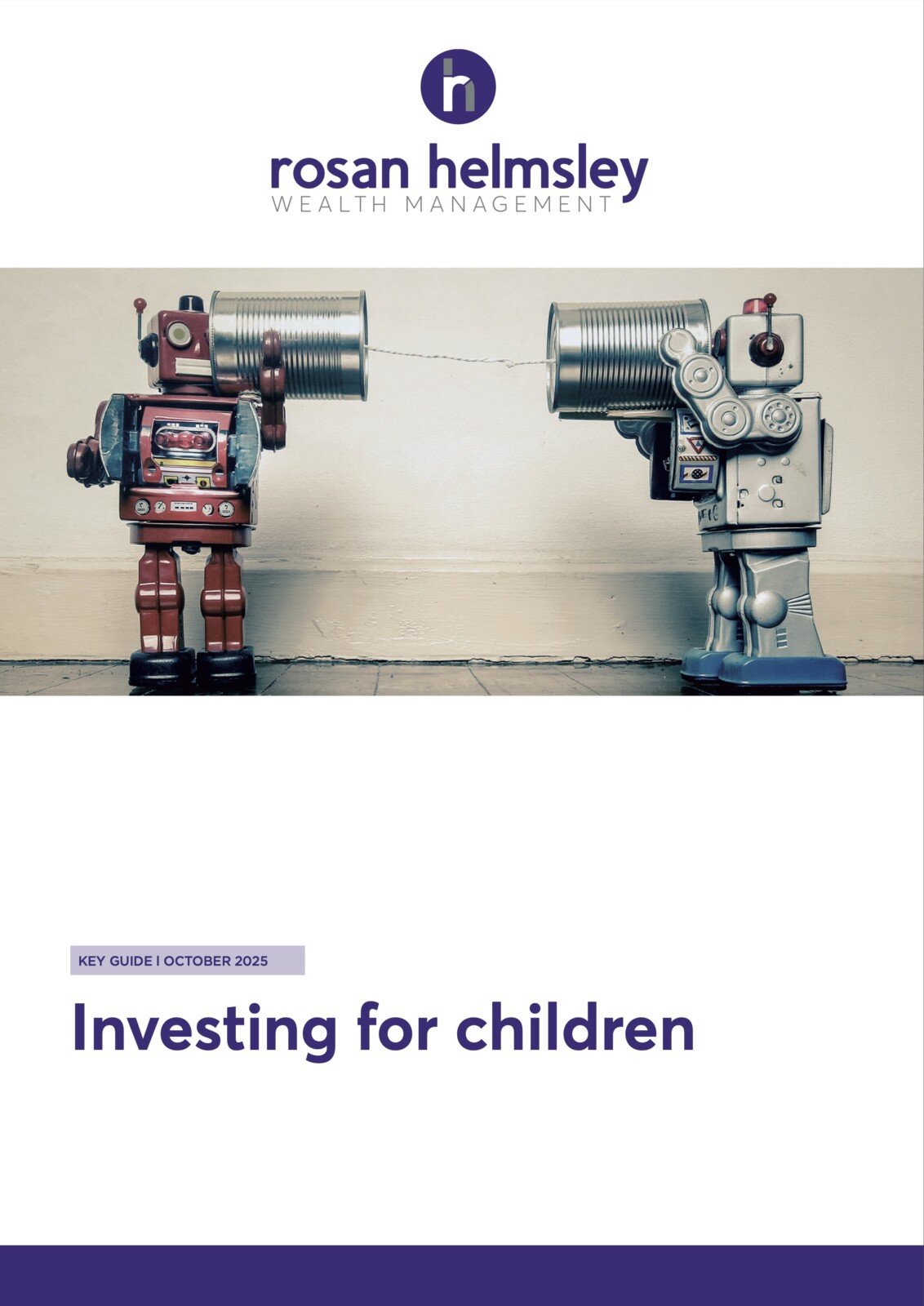A Child Trust Fund (CTF) is a long-term tax-free savings account for children. See Junior ISAs and our 'Making the most of ISAs’ Key Guide.
The CTF was introduced in 2005 and was set up for every child born between 1st September 2002 and 2nd January 2011. The first CTFs matured in September 2020, when the oldest account holders turned 18. The last CTF will mature in 2029.
Its purpose was to encourage long term and regular savings into a tax-free account, that the child could control from the age of 16 but not withdraw funds until aged 18. New parents were handed a voucher of up to £250 to start the fund (up to £500 for parents on low income) and could subsequently add to it each year, choosing between cash or an investment account. For some children, there was an additional government contribution at aged 7.
The income and investment growth in the CTF are tax-free and its value does not affect entitlement to benefits or tax credits. While top-ups to a CTF by a parent or other family member are treated as gifts for inheritance tax (IHT), it is likely that most, if not all, of the value potentially chargeable to IHT in the event of death within 7 years will be covered by a combination of the contributors annual £3,000 gifting allowances, and the exemption for regular gifts from surplus income.
If a child with a CTF dies, it forms part of their estate for IHT purposes and will be distributed under the intestacy rules (since a minor cannot make a valid Will). In most cases, the deceased child’s assets will not be sufficient to trigger an IHT charge, and the parents will be entitled to them.
While the CTF scheme has been replaced with the introduction of Junior ISAs in 2011, annual payments can continue to be made to existing CTFs.
The annual allowance for contributions to a CTF are the same as Junior ISAs at £9,000 in the current tax year.
Taking Control
Although a child must wait until they are 18 to take funds out of their CTF, they can choose to take over control of the account from the Parents or Guardians, once they reach age 16. This means they can take on its management and decide whether to keep the account with the current provider or move it to a different one.
One option is for the child to transfer their CTF to a Junior ISA so that the account continues as an adult ISA after their 18th birthday. CTF accounts retain their tax-free status after maturity, even if no action is taken by the owner.
If CTF’s have been properly funded, they will be a useful planning tool for University education and can also be transferred to a full ISA after the child’s 18th birthday, thereby giving them a very valuable financial start in life.
By April 2024, 31 months after the first CTFs matured, around 991,000 out of 1,662,000 18-22 yr olds had claimed and either withdrawn or reinvested their matured CTFs according to HMRC. The other 671,000 CTFs (with an average value of £2,200) remained as unclaimed matured accounts.
Our attached Key Guide offers an explanation of the interaction between CTFs and Junior ISAs and provides detailed information on alternate investments for children.

